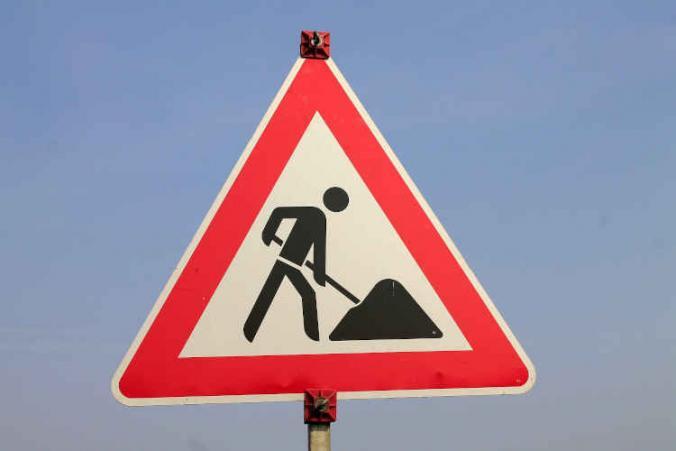Workers’ comp claim administrators can ask people with a work injury claim to attend an Independent Medical Examination (IME). The IME exam is a standard procedure and an integral part of your L&I claim. This fact remains true during COVID. The Department of Labor and Industries (L&I), self-insured employers and their third-party administrators continue to request IME tests during COVID. If a work injury claimant refuses to attend without good cause, they may receive a penalty. Here, penalties might include a missed-appointment fee or even suspension of benefits under the workers’ compensation claim.
Concerns for people with a workers’ comp claim
Many people with a workmans comp claim raised concerns about this issue. In fact, here’s a short list of question I heard people ask about their IME exam during COVID-19:
1. If I am “at risk” when it comes to COVID, or if one of my household members is “at-risk”, must I attend the test in person?
2. Say that I live in a county with low Corona-virus infection rate. Do I have to travel to another county with higher infection rate for my medical exam?
3. What if I have an L&I claim but I live outside of Washington State? Must I travel to Washington State and attend the IME in-person?
4. Are there telemedicine IME exams as an alternative?
5. I have an IME exam for my workers’ comp claim. Can I bring an observer with me to the test?
Overall, claim administrators have been reasonably accommodating (so far) during COVID. If a work injury victim has a valid reason for not attending an IME, then you can usually reschedule without penalty.
Valid reasons to reschedule an IME exam under your L&I claim
In my experience, L&I claim managers accept several reasons for rescheduling medical exams. For example, if you are at an age that’s higher risk for COVID complications. Also, if you have health conditions that can put you, or people that live with you, “at-risk” for Corona-virus complications. Moreover, another good reason is feeling unsafe leaving home or traveling to areas with higher infection rates. Finally, when applicable, feeling uncomfortable with interstate travel to attend an IME.
Virtual IME exam
Telemedicine is another alternative. L&I indeed permits online virtual IME tests through telemedicine. However, as of the date of writing this article, L&I didn’t offer online IME exams to any of my clients. Therefore, I can’t say how successful such tests might be.
Additionally, it’s important to note that some medical panels refuse to allow workplace injury victims to bring an observer. This isn’t right because work injury claimants have the right for an observer, regardless of COVID. In fact, L&I recently reminded the IME panels that work injury claimants have this right. Consequently, some providers now require people to call in advance if they plan to bring an observer.
Final remarks and notes
In summary, IME tests are occurring during COVID. Often, workplace injury claimants with a good reason can request to reset the exam without penalty. On top, L&I authorized telemedicine IME providers as an alternative to attending in-person. Most importantly, if you have an L&I claim, know that you have the right to bring another person to observe the exam. You may need to let the IME panel know in advance, however that is your right!
If the panel doesn’t permit you to bring an observer, you should report the incident to L&I right away. If this happens, it’s probably a good idea to consult with a workers’ compensation attorney as well.


